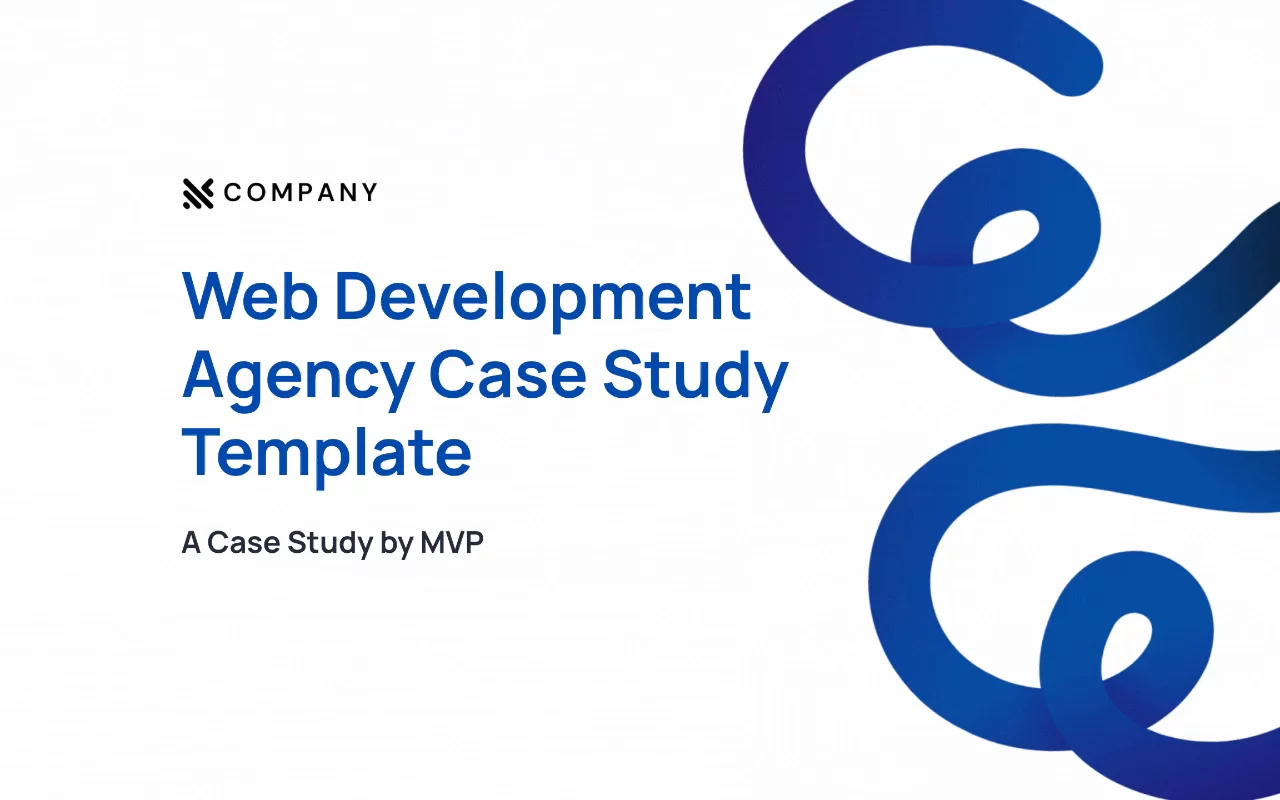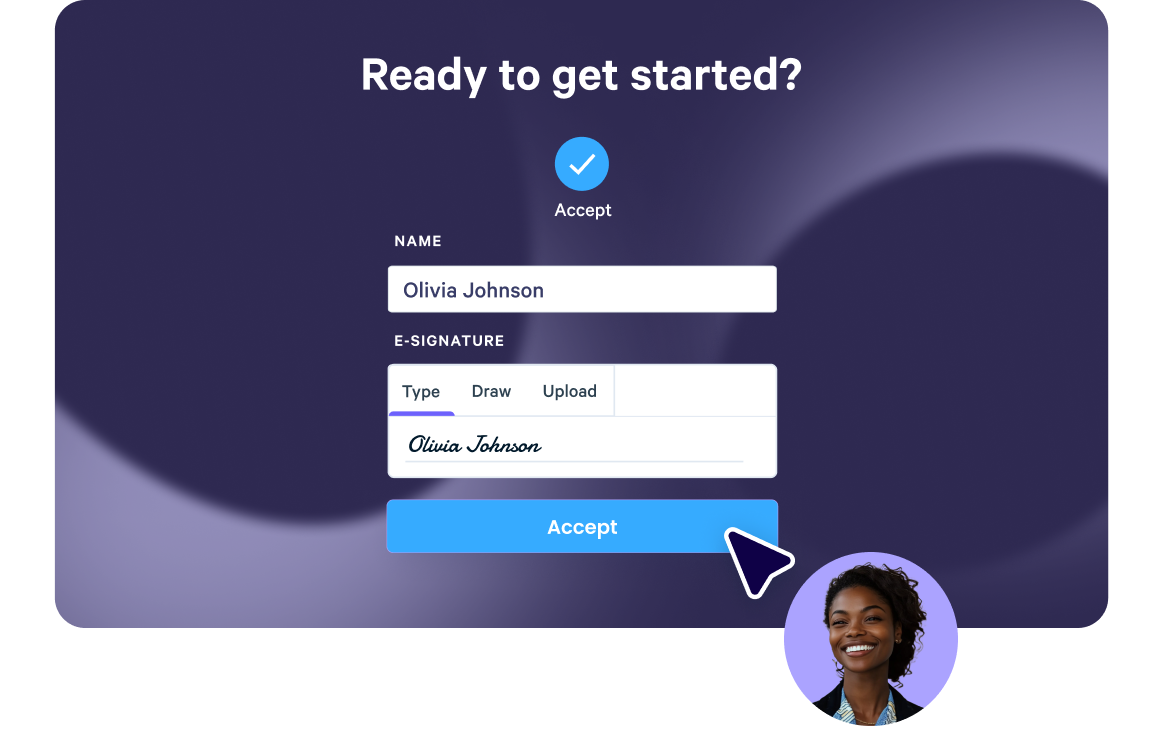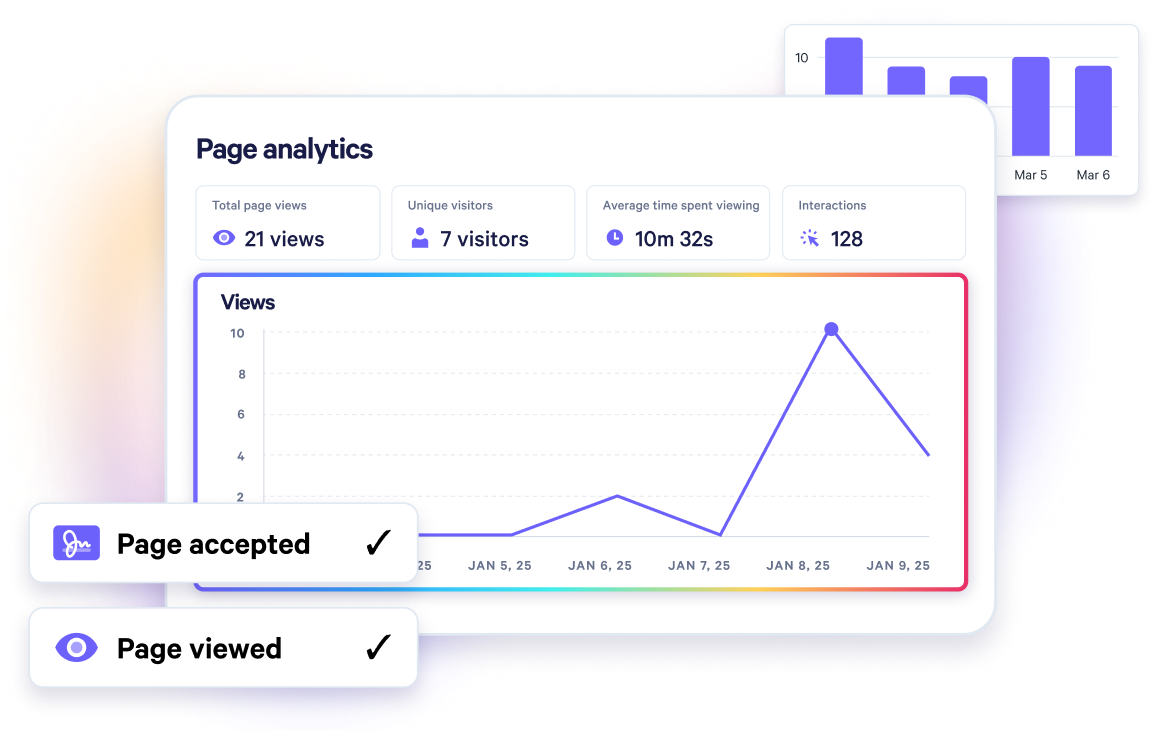Web Development Agency Case Study Template
Demonstrate your development expertise using the engaging Web Development Agency Case Study Template – showcase projects, solutions, and client satisfaction.

About this template
Demonstrate your web development expertise with our Web Development Agency Case Study Template. Showcasing successful projects, technical solutions, and client satisfaction, this template builds credibility and trust with potential clients.
Illustrate the real-world impact of your web development solutions and foster trust among prospective clients. Our Web Development Agency Case Study Template enables you to present your success stories effectively, positioning your agency as a leader in the industry.
What's included?
- The challenge
- Our solution
- Scope of work
- Let's connect
Why Qwilr?
Design interactive proposals
Impress buyers with interactive proposals that stand out. Qwilr’s drag-and-drop editor makes it easy to create on-brand, stunning collateral — no design skills needed. Add videos, dynamic pricing, and ROI calculators to deliver a unique experience, while automated brand customizations ensure every proposal looks professional.

Built-in e-sign functionality
Combine stunning proposals, plain-text agreements, and secure e-signatures in one tool. Add print-friendly agreements alongside dynamic content and collect legally compliant e-signatures with ease. Track progress, capture multiple signatures, and close deals faster with Qwilr’s integrated e-sign functionality.

Real-time proposal analytics
Qwilr’s analytics provide full visibility into buyer engagement. Track when proposals are opened, signed, or shared, and get instant notifications for key buyer activities. See what buyers click on, how they engage, and prioritize follow-ups based on real-time insights—all designed to help close deals faster.

Templates for every use case
Explore templates for sales, marketing, customer success, sales enablement and more.
Explore case study templatesFrequently asked questions
When creating a case study, keep in mind that your primary objective is to tell a story. Your case study should highlight how your agency's approach and expertise helped to solve a specific problem. Key elements include:
- The problem
- The solution
- The implementation process
- The results achieved
It's also important to use concrete data and evidence to support your claims of success and to use an engaging, easy-to-follow narrative structure that keeps the reader engaged.
A typical web development case study will have the following structure:
- An introduction that presents the problem or the objective
- A detailed description of the problem
- The methodology or approach used to overcome the obstacle
- The results achieved as a result of the project
- Charts, data, and other supporting evidence
- A conclusion that summarizes the results and highlights the impact
The ideal length of an agency's case study will depend on the level of detail you need to present. In general, it should be at least two pages long and no more than ten pages. Focus on presenting the most important information in the most engaging way possible, using visuals and charts to help break up the text and make it easier to read.





